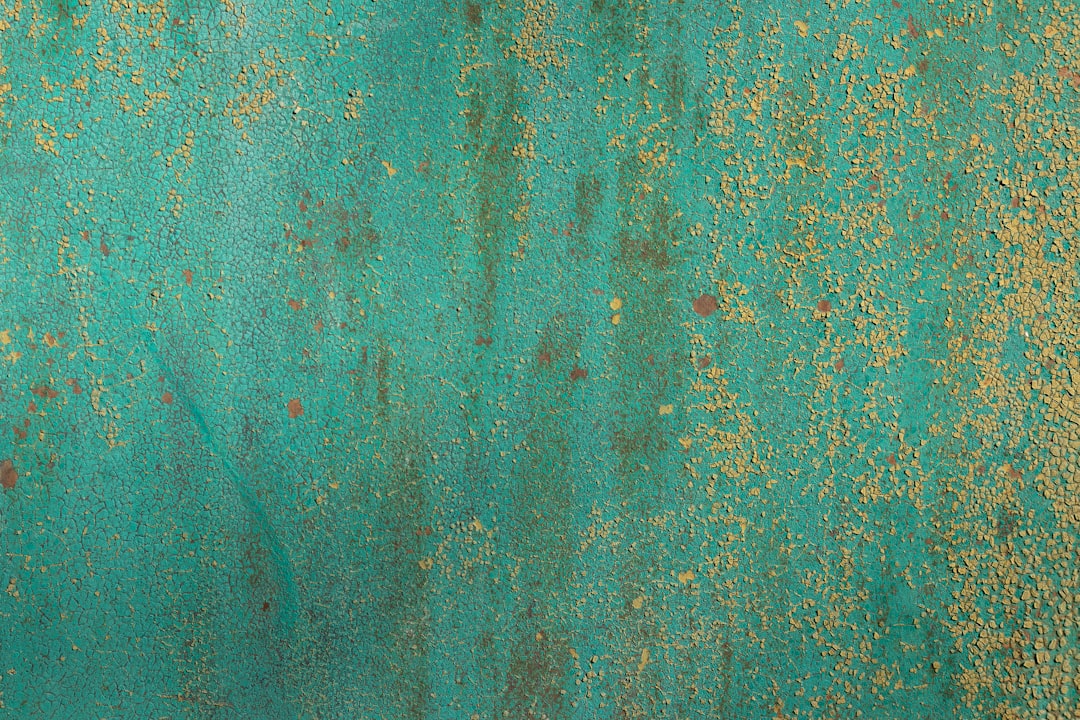What is it about?
The fundamental aspects of device stability and device performance by varying the individual components in solar cell is discussed in detail. The choice of abosrber and window layer, problems with back contact and environmental issues concerning Cd toxicity is focused. The chemical modification arising after chemical etching and junction activation step and their effects on device stability is briefly outlined.
Featured Image
Why is it important?
This is the first review in literature that addresses key issues in fundamental and critical aspects of CdTe/CdS PVs are discussed.The several strategies to improve the efficiency of this device including varying back contacts, front contacts, varying the thickness of absorber/window layer, junction activation step and substrate configuration is explained. The interdiffusion of elements (S & Te) and metal from back contact across the junction is briefly outlined.
Read the Original
This page is a summary of: Physics and chemistry of CdTe/CdS thin film heterojunction photovoltaic devices: fundamental and critical aspects, Energy & Environmental Science, January 2014, Royal Society of Chemistry,
DOI: 10.1039/c3ee41981a.
You can read the full text:
Contributors
The following have contributed to this page










